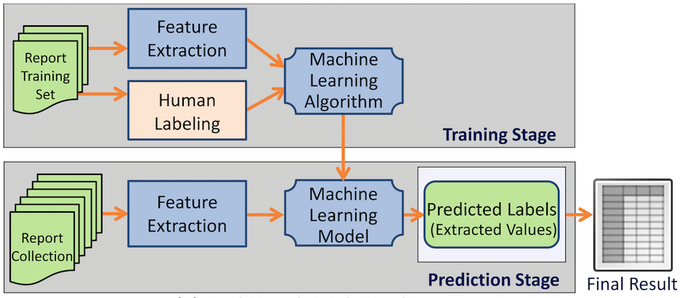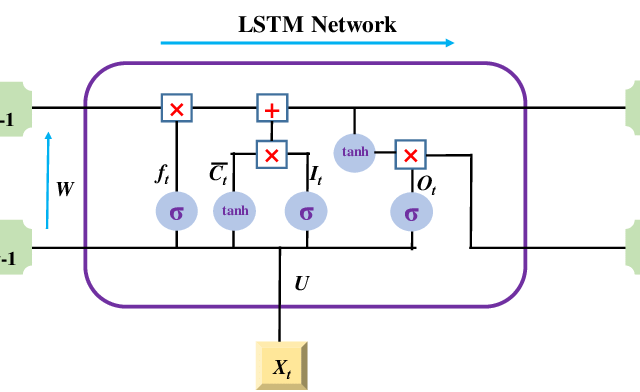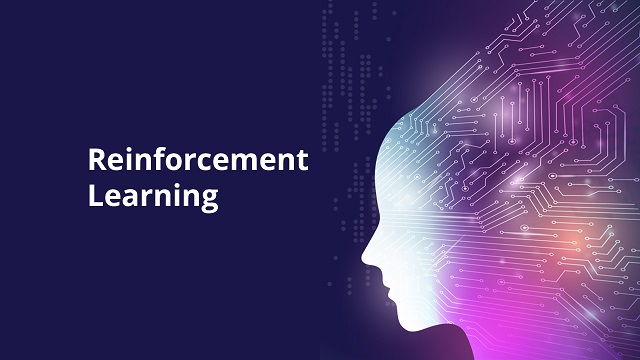Machine learning is about teaching computers how to learn on their own without explicit instructions. This involves the application of various algorithms to facilitate the learning process.
When it comes to machine learning, there are two general themes: supervised and unsupervised learning. Supervised and unsupervised learning can further be facilitated by two approaches: online and batch learning. Let’s dive into the details of these approaches.
Online Machine Learning
Given that big data is being produced every day, we need to build tools to handle data with high scale. A predictive algorithm like Random Forest on about 50 thousand datapoints and 100 dimensions take more than 10 minutes to execute on a powerfull computer. Problems with hundreds of millions of observations is simply impossible to solve using such computer. Hence, Online Learning can handle data with such high Volume and Velocity with limited performance machines.
When we talk about online learning, we refer to instance where learning occurs as the data becomes available. It is a sort of machine learning in which the best predictor for future data is updated at each step using data that is received sequentially. Thus, every time new data arrives, the model parameters get updated based on the new data.
At each stage the training is quite fast, also the model is always up to date, because parameters associated with the model adjust themselves based on the new data.
This process of constantly learning through updating the parameters makes online machine learning adaptable to different types of data.
In online machine learning, we train the model over observation, update the parameters, and iterate over these tills we obtain a model that can be used for the task at hand. Also, online machine learning is a good choice in scenarios when a model has to learn from feedback. Online learning saves storage space, because you keep discarding the data from which it has learned already.
Advantage of Online Learning
- Adaptability:
- The model is able to adjust and learn from data with different patterns and distributions as they come.
- Storage Capacity:
- Online learning does not require so much memory for storing data. Once the model has been trained over a specific observation, there is no need to store it.
Disadvantage of Online Learning
- Complexity: a drawback to online learning is the complexity of implementing. Because learning takes place on the fly, we have to consider how the model will be updated and how the data will be processed just to name a few.
Batch Machine Learning
The difference between batch learning and online learning is that in the first approach, you attempt to learn from a whole dataset at once. During batch learning, data is gathered over time. The machine learning model is then periodically trained using this accumulated data in batches. Because the model is unable to learn progressively from a stream of real-time data, the machine learning algorithm does not modify its parameters until batches of fresh data have been consumed.
Large batches of accumulated data are used to train models, which requires more time and computational resources. Additionally, it requires more time to deploy models, because this can only be done periodically depending on how well the model performs after being trained with fresh data.
Batch learning model must be retrained using the fresh dataset if it has to learn about new data.
Models in batch learning learn over a static dataset. We collect data and then train the machine learning model to learn from this dataset.

Advantage of Batch Learning
Implementing a batch learning model is straightforward as it does not require extra computational capabilities for real-time processing.
Disadvantage of batch learning
Batch learning is not as adaptable to different patterns in data as compared to online learning. This means that any improvements to the model will require retraining over the entire dataset.
Why using Machine Learning?
Machine Learning is the best solution for:
- Problems for which existing solutions require a lot of fine tuning or lists of rules.
- Complex problems for which using a traditional approach yields no good solution.
- Fluctuating environments: a Machine Learning system can adapt to new data.
- Getting insights about complex problems and large amounts of data.
But our main purpose during this post was not to define machine learning or dive into its applications. Our goal through this post was to define the approach used by machine learning algorithms to learn, online versus batch learning.
In Summary
Data is a vital component for building learning models. There are two choices for how data is used in the modeling pipeline. The first is to build your learning model with batch learning, and the other is when the data is flowing in streams into the learning algorithm or online learning.
Recommended for you:
Top Machine Learning Algorithms
Main Types of Machine Learning





MOST COMMENTED
Tutorial
Important Methods in Matplotlib
Machine Learning
Bias and Variance Tradeoff Machine Learning
Tutorial
Multiclass and Multilabel Classification
Machine Learning
Reinforcement Learning in Machine Learning
Deep Learning
Alexnet Architecture Code
Machine Learning
Machine Learning Models Explained